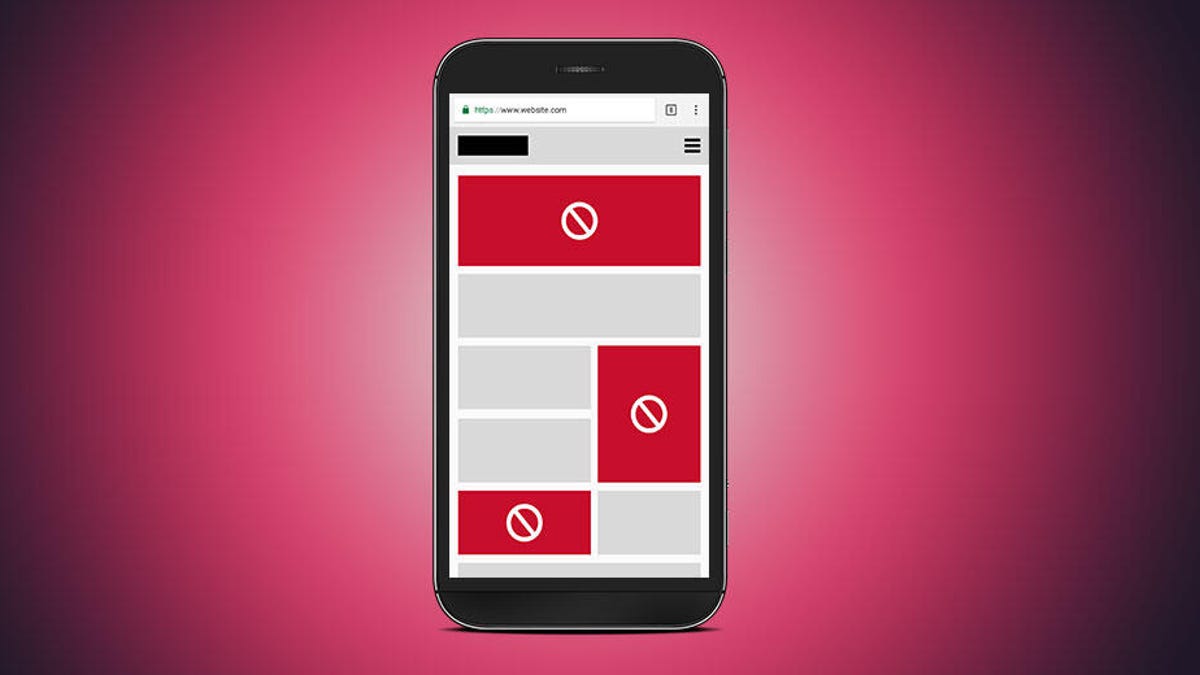Ad blocking surges as millions more seek privacy, security and less annoyance
In the US, an estimated 40% of adults block online ads on PCs or phones.

Ad blocking is surging on smartphones with the use of browsers like UC Browser and Brave.
While Facebook and Apple tussle over the harms and benefits of online advertising, more and more of us are sidestepping the issue by blocking ads completely. Use of ad blocking software like web browsers is surging, especially on smartphones, a study published Monday concludes.
The number of people using ad blockers has remained mostly level on personal computers, with 257 million people using them monthly by the end of 2020. But it's on mobile devices where ad blocking is really increasing, doubling over the last five years, from 282 million to 586 million at the end of 2020, according to the 2021 PageFair Adblock Report from ad tech firm Blockthrough. That's a 10% increase over the 2020 PageFair report on ad blocking.
Blockthrough makes money by helping advertisers try to cope with ad blocking. It offers a system to try to persuade website users to opt into delivery of the less intrusive system called Acceptable Ads. Though the ads might not be as distracting, they still face criticism that they they enable tracking, the central issue in the dispute between Apple and Facebook.
Advertising has funded countless online sites besides the dominant beneficiaries, Facebook and Google. Indeed, it propelled much of the foundation of internet businesses. But Apple's privacy-first stance and the increasing use of ad blockers show major pushback to the approach.
Use of ad blocking software is increasing on mobile devices, a study by Blockthrough found.
Blockthrough also funded a survey of 5,423 Americans to gauge their opinions on online ads. One conclusion: About 40% of US adults use an ad blocker, more than twice what publishers often report based on ad-blocking detection software, Blockthrough said.
The top reason for blocking ads was to avoid interruption and annoyance, with 81% of survey respondents selecting that as a motivation. The second-place reason was protection against malware, at 62%. Third place, at 58%, was privacy.
To estimate ad blocker use globally, Blockthrough based its PC figures on downloads of the ad-blocking address list from Eyeo, maker of the Adblock Plus browser plugin. Its mobile ad blocking use was chiefly from download figures and app developer disclosures about usage. The top ad-blocking browser remains UC Browser, still with an estimated 310 million users despite bans in India and more recently China.

